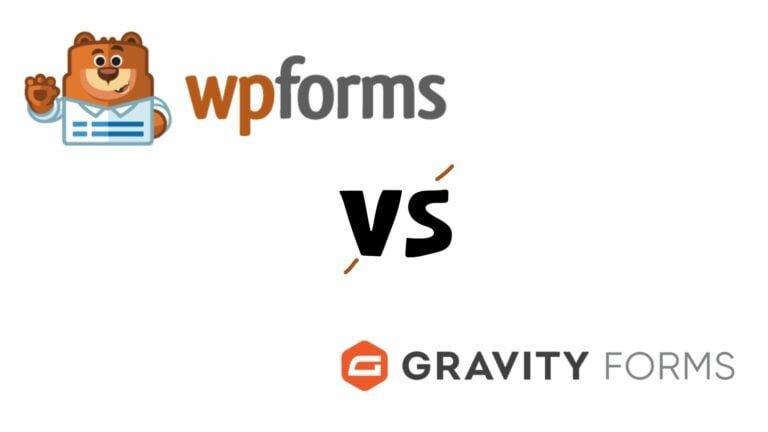COMPARISON OF TWO BEST PERFORMANCE AND CACHING PLUGINS
LiteSpeed Cache and Hummingbird. Both plugins are highly popular and offer robust features to optimize and speed up WordPress websites.
DETAILED COMPARISON OF LITESPEED CACHE VS HUMMINGBIRD PLUGIN
both LiteSpeed Cache and Hummingbird are popular WordPress caching plugins that aim to improve website performance and speed. Below is a detailed comparison of the two plugins, highlighting their features and functionalities:
1. Caching Capabilities:
- LiteSpeed Cache: This plugin is specifically designed to work with websites using the LiteSpeed Web Server. It offers comprehensive caching features, including page caching, object caching, and browser caching. LiteSpeed Cache is known for its efficient caching algorithms, which can significantly reduce server response times and improve overall site performance.
- Hummingbird: On the other hand, Hummingbird is a caching plugin developed by WPMU DEV, and it is not tied to any specific web server. Hummingbird provides page caching and browser caching functionalities to speed up website loading times. It also offers various optimization features, such as minification and asset optimization, to further enhance performance.
2. Compatibility:
- LiteSpeed Cache: As mentioned earlier, LiteSpeed Cache is specifically optimized for websites hosted on servers running the LiteSpeed Web Server. To take full advantage of all its features, your web hosting provider must have LiteSpeed Web Server installed on the server.
- Hummingbird: Unlike LiteSpeed Cache, Hummingbird is not tied to any specific web server and can be used with various hosting environments, including shared hosting, Apache, Nginx, etc. This makes it a more flexible choice for website owners who may not be using LiteSpeed Web Server.
3. Optimization Features:
- LiteSpeed Cache: In addition to caching, LiteSpeed Cache offers various optimization features such as image optimization, database optimization, and lazy loading. It can automatically optimize and serve responsive images, clean up and optimize your database tables, and defer the loading of offscreen images for improved performance.
- Hummingbird: Hummingbird also provides optimization features like minification, GZIP compression, and asset optimization. It can minify CSS, JavaScript, and HTML files, compress files using GZIP, and combine and optimize CSS and JavaScript files to reduce the number of HTTP requests.
4. Content Delivery Network (CDN) Integration:
- LiteSpeed Cache: The plugin has built-in support for integrating with Content Delivery Networks (CDNs) to distribute your static assets across multiple locations for faster delivery to users worldwide.
- Hummingbird: Like LiteSpeed Cache, Hummingbird supports CDN integration, allowing you to utilize a CDN to serve your website’s assets.
5. Performance Reports:
- LiteSpeed Cache: LiteSpeed Cache provides performance reports and statistics, allowing you to monitor your website’s caching and performance metrics.
- Hummingbird: Similarly, Hummingbird offers performance reports and insights, helping you track your website’s speed and optimization status.
6. Security and Uptime Monitoring:
- LiteSpeed Cache: LiteSpeed Cache does not include security or uptime monitoring features. It focuses primarily on caching and performance optimization.
- Hummingbird: Hummingbird provides basic security scanning capabilities to check for common vulnerabilities and security risks. It can also monitor your website’s uptime and notify you of any downtime.
WHICH IS THE BEST PLUGIN? -(LITESPEED CACHE VS HUMMINGBIRD)
The “best” caching plugin or any other type of plugin depends on your specific needs, website setup, and preferences.
Both LiteSpeed Cache and Hummingbird are excellent caching plugins that can significantly improve website performance. However, the better choice for you may depend on various factors, including:
1. Server Environment: If your website is hosted on a server running LiteSpeed Web Server, then LiteSpeed Cache may provide optimal performance due to its integration with LiteSpeed Web Server. However, if you’re on a different server environment, Hummingbird is a more flexible option.
2. Feature Requirements: Consider which specific caching and optimization features are essential for your website. Review the features offered by each plugin and determine which ones align with your needs.
3. Ease of Use: Some users may find one plugin’s interface and setup process more user-friendly than the other. Consider which one feels more intuitive to you.
4. Support and Updates: Check the developer’s track record for providing regular updates and support. Frequent updates indicate that the plugin is actively maintained and compatible with the latest WordPress versions.
5. Compatibility with Other Plugins: Ensure that the caching plugin you choose is compatible with other plugins you have installed on your website.
6. Reviews and Recommendations: Read user reviews and recommendations from reputable sources to get insights into other users’ experiences with the plugins.
Conclusion -(LITESPEED CACHE VS HUMMINGBIRD)
As a conclusion, the choice between LiteSpeed Cache and Hummingbird depends on your specific needs and website setup:
- If your website is hosted on a server running LiteSpeed Web Server, LiteSpeed Cache may offer superior performance due to its optimized integration with the server. It provides efficient caching capabilities, optimization features, and image optimization, all of which can significantly improve your website’s speed and performance.
- On the other hand, if you are not using LiteSpeed Web Server or you prefer a more flexible caching solution that can work with various hosting environments, Hummingbird is a strong contender. Hummingbird offers page caching, browser caching, minification, GZIP compression, and asset optimization, making it a comprehensive caching plugin for optimizing website performance.
Ultimately, both plugins are powerful tools that can help speed up your WordPress website. When making a decision, consider your server environment, specific caching and optimization requirements, ease of use, compatibility with other plugins, and user reviews.
Additionally, it’s a good idea to test both plugins on a staging or development site to see how they perform in your specific setup before implementing them on your live website.
Interesting Reads:
WP-Optimize vs Comet Cache: Best Performance and Caching Plugins
Best YouTube Transcript Generator Tools: Enhancing Video Accessibility and SEO
What is Interaction to Next Paint (INP)? New Core Web Vital Metric





